
Since Oppenheimer’s first nuclear test in 1945, there have been more than 2,000 further detonations around the world
Almost 80 years ago in the remote plains of the Alamogordo Bombing Range – 210 miles south of Los Alamos, New Mexico – history was made as the world’s first nuclear detonation took place at the Trinity test site – the event central to Christopher Nolan’s Oppenheimer.
Named the Trinity test by Robert Oppenheimer – the American physicist and director of the secret Los Alamos laboratory which worked to create the world’s first atomic bomb – the denotation of the device, known as ‘Gadget’, was the result of over two years of intensive work at the laboratory.
Since then, it is known that eight nations have detonated 2,056 nuclear test explosions at test sites worldwide, and more than 13,000 nuclear weapons have been created. But where exactly are these test sites – and what is the impact of the nuclear weapons that were tested there?
Nevada Test Site – USA

The Nevada Test Site, 65 miles from Las Vegas, was used between 1951-1992 for a total of 126 tests – including a test series of 29 weapons named Operation Plumbbob between 28 May and 7 October 1957. The operation proved controversial once declassified, as it released high levels of radioiodine – a radioactive element – into the atmosphere and exposed civilians and around 3,000 servicemen to high radiation levels.
Reggane – Algeria
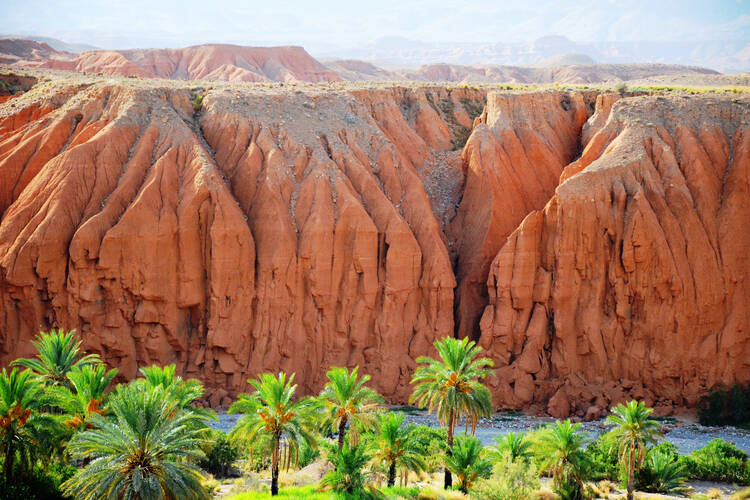
On 13 February 1960, France carried out its first nuclear test – named Gerboise Blue – around 50 kilometres from the city of Reggane, Algeria. Following the first test, three more were carried out in the same area – but protests from locals concerned over radioactive fallout led to the French government moving to underground testing in the Algerian mountains, where another 12 tests were conducted.
Pacific Ocean
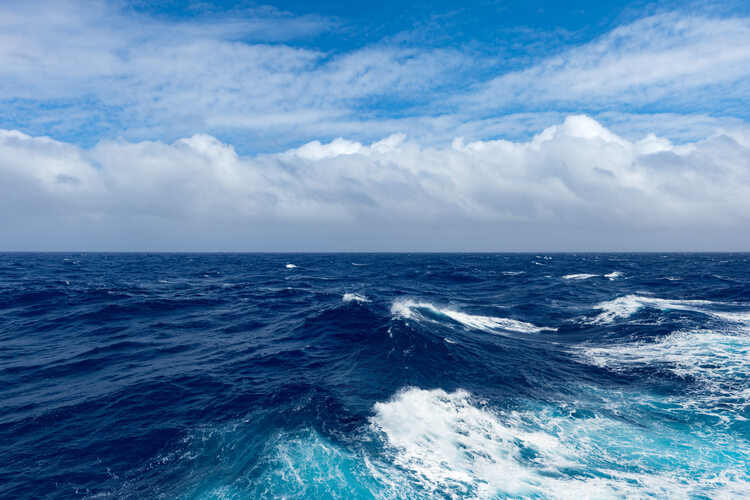
The Pacific Ocean has been the location of several nuclear tests, including Operation Crossroads, a test series of two detonations – each around the size of the Nagasaki atomic bomb – conducted by the US in July 1946 at Bikini Atoll, an island in the Marshall Islands.
In total, the US carried out 67 nuclear tests – including the first hydrogen bomb in 1952 – in the Marshall Islands, forcing residents to be relocated numerous times and suffer from birth defects, burns and cancer due to residual radioactivity in the area.
Novaya Zemlya – Russia
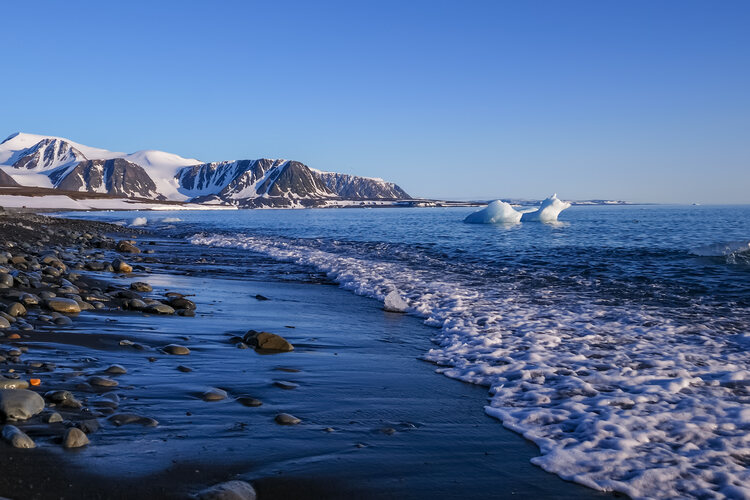
Between 1955 and 1990, the Soviet Union conducted around 120 atmospheric and underground nuclear tests in Novaya Zemlya – a large archipelago in the Arctic Ocean – including the largest nuclear weapon test ever, the October 1961 detonation of the 50MT AN602 Tsar Bomba hydrogen bomb. The Tsar bomba was so large – weighing 27 tons – that it needed to be dropped by a plane, and had a special parachute attached to it for the pilot to fly a safe distance away from the bomb before it exploded.
Through the testing on the islands, Indigenous populations were affected by radioactive doses, including the semi-nomadic Sami people of the Arctic region and the Nenets people, who used to live in Novaya Zemlya.
Lop Nur – China

The Lop Nur Testing Facility was located in Xinjiang in Western China, and used between 1964 and 1996 as a test site for both underground and atmospheric nuclear bombs. The facility eventually expanded to become the largest nuclear testing site in the world, measuring 100,000 square kilometres. Around 44 bombs were detonated at the site, with the largest test occurring in 1976.
Chagai Hills – Pakistan
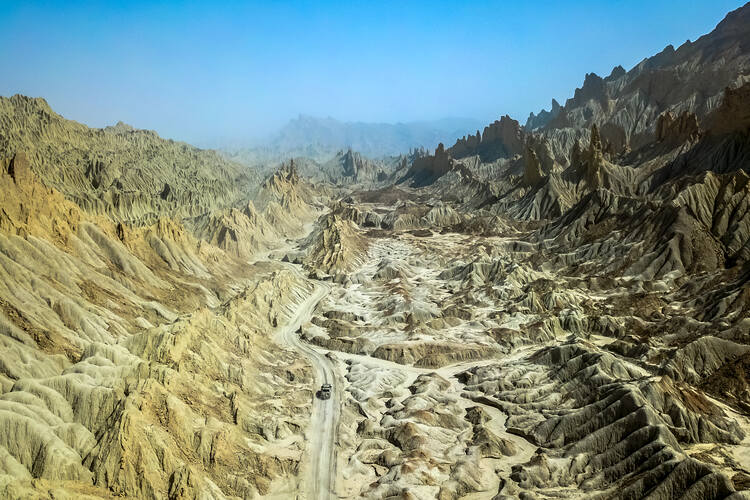
Chagai Hills was the site of the first nuclear test detonations in Pakistan on 28 May 1998, located in the country’s southwestern Baluchistan province. Five nuclear detonations were conducted simultaneously on that day. Just two days later, an underground nuclear test was carried out in a separate location – Wazier Khan Khosa – around 100km away from the original test site of the first five nuclear bombs.
Thar Desert
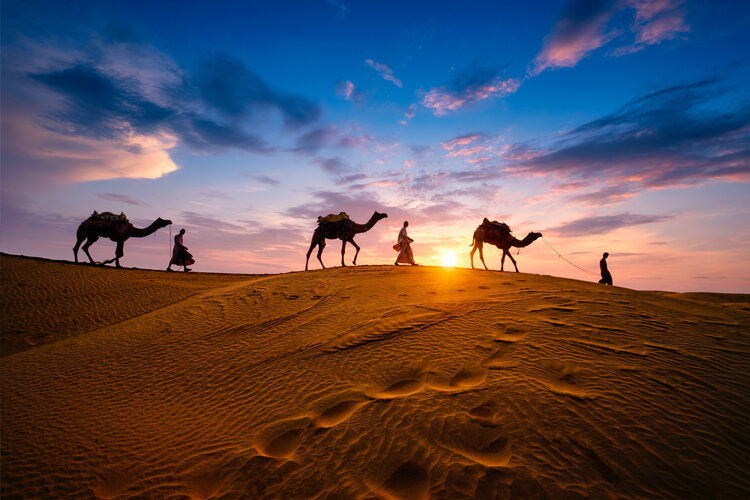
On 18 May 1974, a nuclear test device was detonated in the Thar Desert, near Pokhran in India. With a similar design to the ‘Fat Man’ bomb in the Nagasaki atomic bombings – which occurred less than a month after the first nuclear weapon test by Oppenheimer – the Thar Desert nuclear device exploded 100m beneath the ground. Eventually, the site became the location of five further nuclear tests by the Indian government in 1998.
Montebello Islands – Australia

The British military conducted three separate nuclear weapon tests in 1952 and 1956 in the Montebello Islands of Australia. Operation Hurricane – the UK’s first nuclear weapon test – came to fruition after the US’s unwillingness to share nuclear technology, prompting Britain to find its own testing site and develop an independent nuclear weapons programme. Even 70 years after the tests, radiation is still present in areas of the Montebello Islands.
Punggye-ri Nuclear Test Site – North Korea

North Korea’s only nuclear test site, the Punggye-ri Nuclear Test Facility was the location of six separate nuclear tests, conducted in a tunnel complex under Mount Mantap between 2006 and 2017.
Plans to shut down the facility were made in 2018 by North Korean leader, Kim Jong Un as part of a new agreement – but satellite imagery found construction work occurring at the site in 2022 – with reports that more than 70 missiles were tested in 2021 alone, according to UCS.



